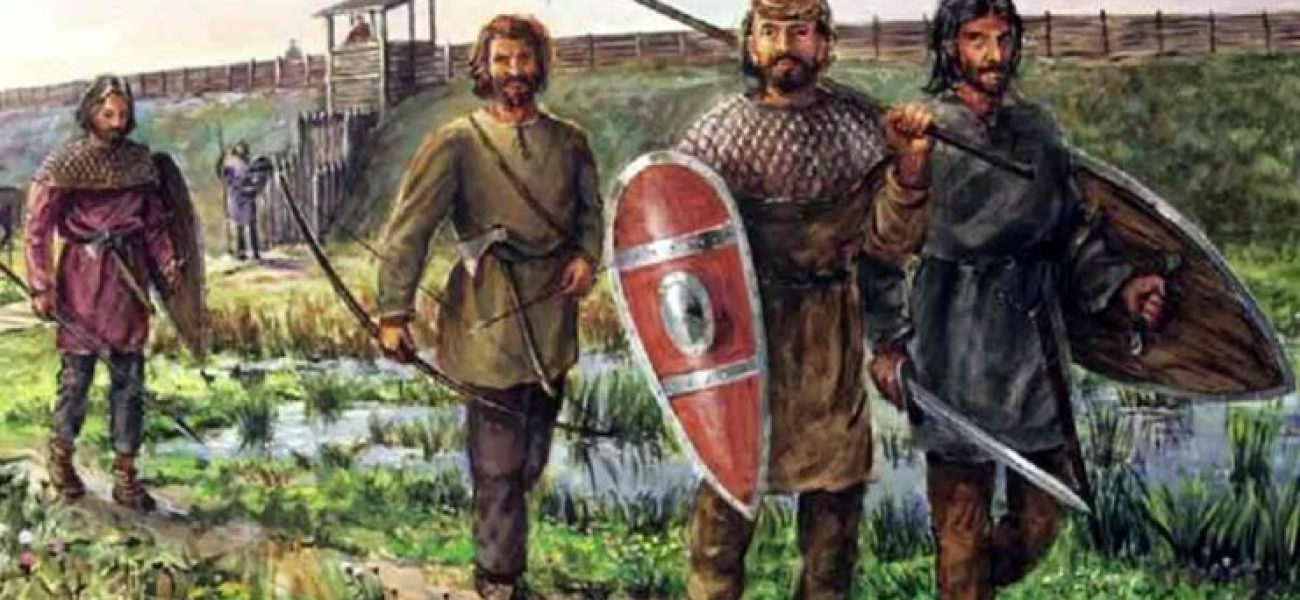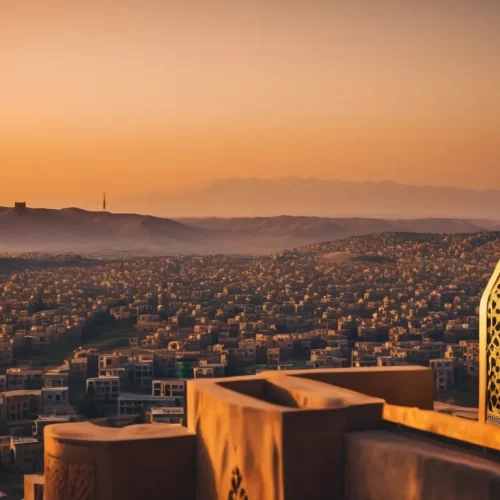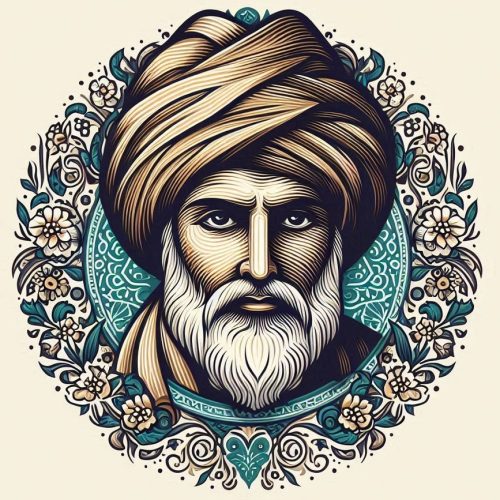The Alans, a nomadic pastoral people of Iranic descent, have left an indelible mark on the annals of history through their migrations, conquests, and cultural influence across vast stretches of Eurasia. Originating from the North Caucasus region, the Alans rose to prominence during antiquity and played a significant role in shaping the geopolitics of their time. This article seeks to delve into the multifaceted aspects of Alanic history, including their origins, physical appearance, genetics, archaeology, language, religion, and cultural legacy.
Origins and Early History
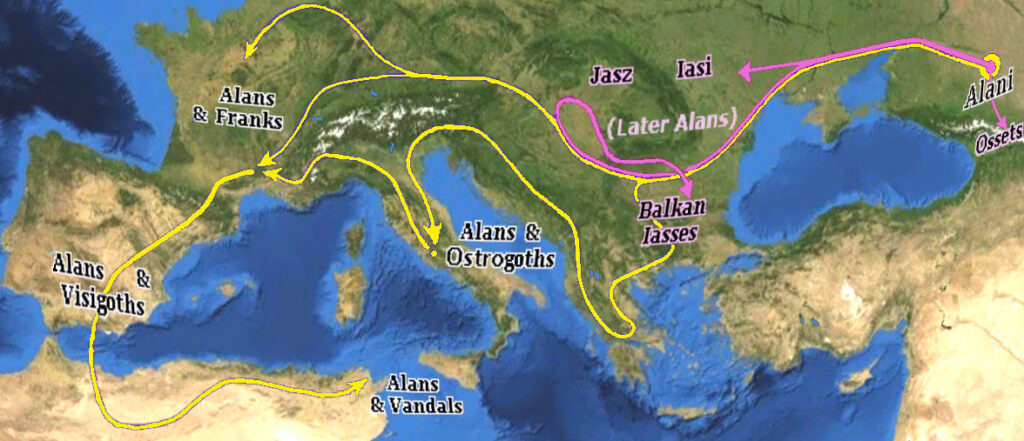
The origins and early history of the Alans are intertwined with the complex tapestry of ancient migrations and interactions among the diverse peoples of the Eurasian steppes. While the precise origins of the Alans remain elusive, scholars generally agree that they emerged as a distinct ethno-cultural group in the North Caucasus region during the 1st millennium BC.
The Alans were part of the broader Sarmatian confederation, a loose coalition of Iranic-speaking nomadic tribes that inhabited the Pontic-Caspian steppe and surrounding areas. They were likely descended from earlier Iranic tribes such as the Scythians and Massagetae, who inhabited the region since antiquity. The Alans’ nomadic lifestyle was characterized by herding cattle, horses, and sheep, as well as engaging in seasonal migrations in search of pastureland and water sources.
During the 1st millennium BC, the Alans gradually expanded their territory and influence, establishing themselves as a formidable presence in the North Caucasus and beyond. They engaged in trade and warfare with neighboring peoples, including the Scythians, Sarmatians, and later, the Roman Empire and Byzantine Empire. The Alans were skilled horsemen and warriors, renowned for their expertise in mounted archery and their formidable cavalry units.
The Alans’ strategic location at the crossroads of Europe and Asia made them key players in the geopolitics of their time. They served as intermediaries in trade between the Black Sea region and the lands of Central Asia and the Middle East. Additionally, they frequently clashed with neighboring powers, including the Roman Empire, Byzantine Empire, and later, the Huns and Goths.
In the 4th century AD, the Alans played a significant role in the events leading up to the fall of the Western Roman Empire. They formed alliances with various barbarian groups, including the Vandals and Suebi, and participated in the invasion of Gaul and Spain. The Alans’ military prowess and strategic alliances allowed them to establish kingdoms and settlements in various parts of Europe, including modern-day France and Spain.
Despite their military achievements and cultural contributions, the Alans faced numerous challenges throughout their history, including conflicts with rival tribes, invasions by nomadic peoples from the east, and pressure from expanding empires such as the Roman and Byzantine Empires. Over time, the Alans gradually assimilated into the surrounding populations, adopting the languages and customs of their conquerors while leaving behind a rich legacy of art, architecture, and folklore.
The origins and early history of the Alans are a testament to the resilience and adaptability of nomadic peoples in the face of changing political and environmental conditions. Their contributions to the cultural and military landscape of Eurasia have left an indelible mark on the history of the region, highlighting the significance of nomadic societies in shaping the course of human civilization.
Physical Appearance
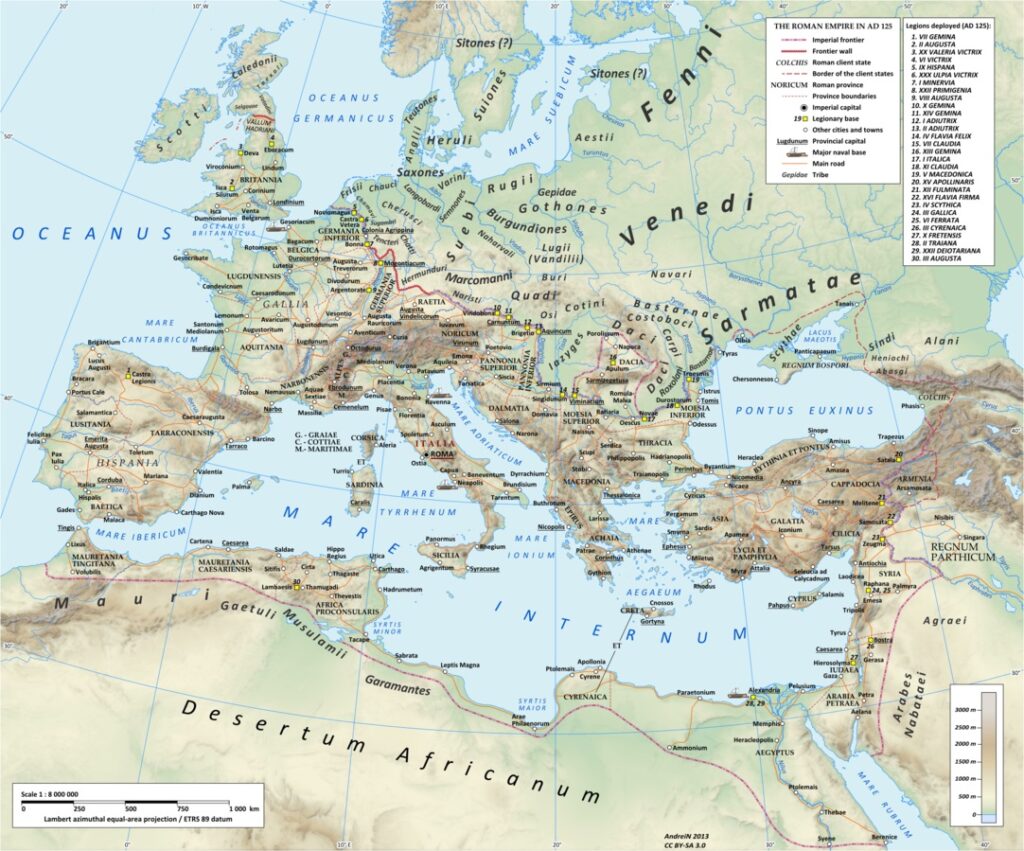
Descriptions of the physical appearance of the Alans vary depending on historical sources and the time period under consideration. Ancient accounts often portray them as tall, fair-skinned, and light-haired, characteristics that were common among the Iranic peoples of the Eurasian steppes. They were known for their striking appearance, with many accounts emphasizing their height, robust build, and distinctive facial features.
The Alans were renowned for their skill and prowess in horse-mounted warfare, which necessitated physical strength, agility, and endurance. Their nomadic lifestyle, which involved constant movement across vast expanses of land, likely contributed to their robust physique and muscular build. Additionally, their exposure to the elements and harsh conditions of the steppe would have further hardened their physical constitution.
The Alans’ physical appearance was also influenced by their interactions and intermingling with neighboring peoples, including Scythians, Sarmatians, and later, Germanic and Slavic tribes. As a result, there may have been variations in their physical characteristics depending on regional differences and intermarriage with other ethnic groups.
Archaeological evidence, including skeletal remains and artistic depictions found in burial sites and ancient artifacts, provides valuable insights into the physical appearance of the Alans. These sources suggest that while there may have been diversity in their physical features, certain traits such as tall stature, fair complexion, and light hair were predominant among the Alans.
Overall, the physical appearance of the Alans reflects their nomadic lifestyle, martial culture, and interactions with neighboring peoples. While descriptions may vary across historical sources, the enduring image of the Alans as a tall, fair-haired people remains a defining aspect of their identity in the annals of history.
Genetics and Archaeology
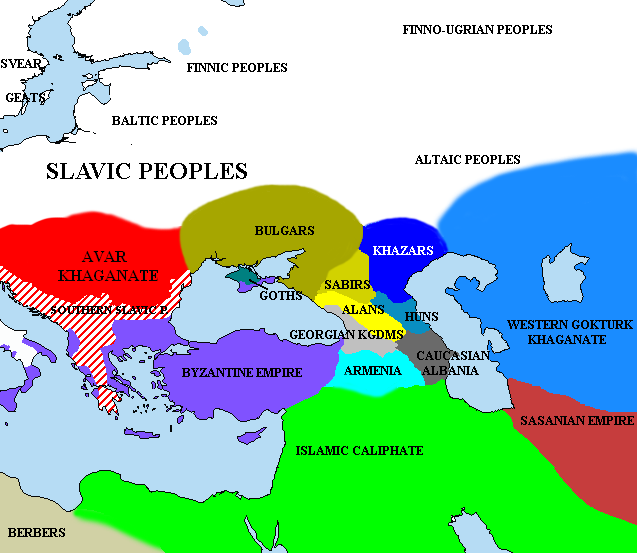
Genetic studies and archaeological excavations have provided valuable insights into the origins and migrations of the Alans, shedding light on their genetic affinities, population dynamics, and interactions with neighboring populations.
Recent genetic research has revealed a complex picture of the Alans’ genetic heritage, reflecting their interactions with diverse populations across Eurasia. Studies of ancient DNA extracted from Alanic skeletal remains have shown genetic affinities with Iranic-speaking populations of the Eurasian steppes, as well as with neighboring peoples such as Scythians, Sarmatians, and Indo-European-speaking groups.
Additionally, genetic analyses have uncovered evidence of admixture with local populations in regions where the Alans settled, including Eastern Europe, the Balkans, and the Mediterranean. These findings suggest that the Alans underwent genetic assimilation and intermarriage with surrounding peoples, contributing to the genetic diversity of the regions where they established communities.
Archaeological excavations of Alanic burial sites in the North Caucasus and Eastern Europe have provided further insights into their genetic makeup and lifestyle. Burial customs, grave goods, and skeletal remains found in these sites offer clues about Alanic social organization, subsistence practices, and interactions with neighboring populations.
Artifacts such as weapons, jewelry, and pottery found in Alanic burial sites reflect their material culture and craftsmanship, highlighting their skill in metalworking, textiles, and other crafts. These artifacts provide tangible evidence of Alanic presence and influence in the regions where they settled, serving as a testament to their cultural legacy and historical significance.
Genetic and archaeological research have deepened our understanding of the origins, migrations, and cultural interactions of the Alans. By combining scientific analysis with historical sources and ethnographic data, researchers continue to unravel the mysteries of this enigmatic nomadic people and their enduring impact on the history and culture of Eurasia.
Language and Culture
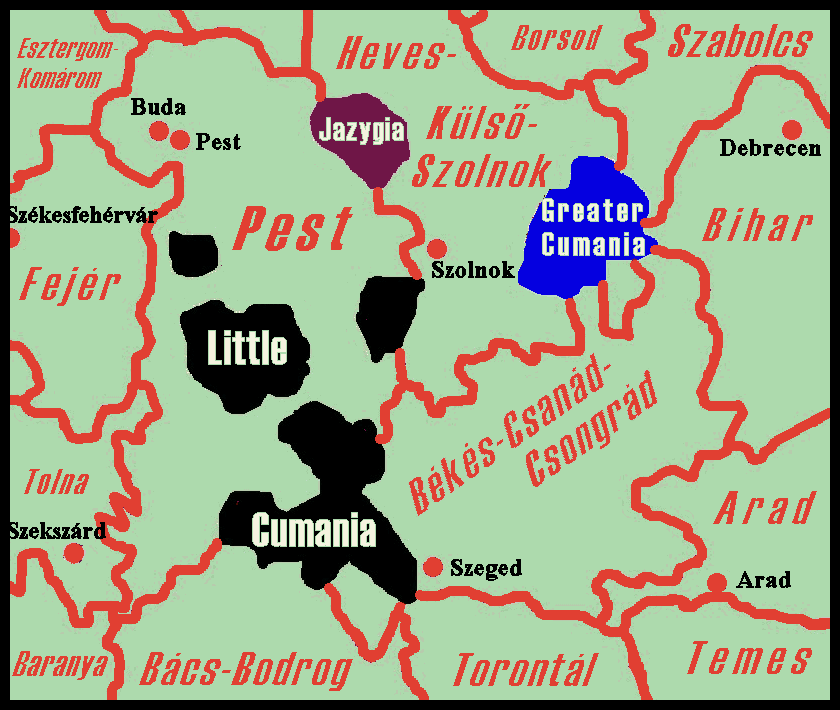
Language and culture are integral components of the identity of any ethnic group, and the Alans were no exception. While their language and culture have not been as extensively documented as those of some other ancient peoples, scholars have pieced together valuable information from a variety of sources, including historical texts, archaeological findings, and linguistic analysis.
Language
The language spoken by the Alans belonged to the Iranic branch of the Indo-European language family. This linguistic affiliation places them within the broader context of Iranic-speaking peoples, which includes groups such as the Persians, Scythians, and Sarmatians. Unfortunately, very little direct evidence of the Alanic language survives, as no substantial written records in the Alanic language have been discovered.
Despite the scarcity of written sources, linguists have attempted to reconstruct the Alanic language based on comparative analysis with other Iranic languages and loanwords found in neighboring languages. These efforts have provided some insights into the phonology, grammar, and vocabulary of the Alanic language, although many aspects remain speculative.
The Alanic language likely underwent significant changes over time due to contact with neighboring peoples and cultural influences. It is probable that the language evolved and diverged into distinct dialects or regional variants among different Alanic tribes and communities.
Culture
Alanic culture was shaped by the nomadic lifestyle of the Alans, characterized by mobility, adaptability, and a strong connection to the land and nature. Their culture was deeply influenced by their pastoral economy, which revolved around herding livestock such as horses, cattle, and sheep.
The Alans were skilled horsemen and warriors, renowned for their expertise in mounted archery and their formidable cavalry units. Horses played a central role in Alanic society, serving as both a means of transportation and a symbol of social status and wealth.
Religion was another important aspect of Alanic culture. Like many other Iranic-speaking peoples of the Eurasian steppes, the Alans likely practiced a polytheistic religion with a pantheon of gods and goddesses associated with natural phenomena, celestial bodies, and agricultural fertility. Rituals and ceremonies were performed to honor these deities and ensure the well-being and prosperity of the community.
Art and craftsmanship were also significant elements of Alanic culture. Archaeological findings, including burial goods, jewelry, and decorative artifacts, attest to the artistic skills and aesthetic sensibilities of the Alans. Metalworking, textile production, and pottery were among the crafts practiced by the Alans, reflecting their mastery of various artisanal techniques.
Overall, while our knowledge of Alanic language and culture is limited, the available evidence suggests that they were a vibrant and dynamic society with a rich heritage that contributed to the cultural mosaic of the Eurasian steppes. Further research and archaeological discoveries may yield additional insights into the complexities of Alanic civilization and its enduring legacy.
Religion and Beliefs
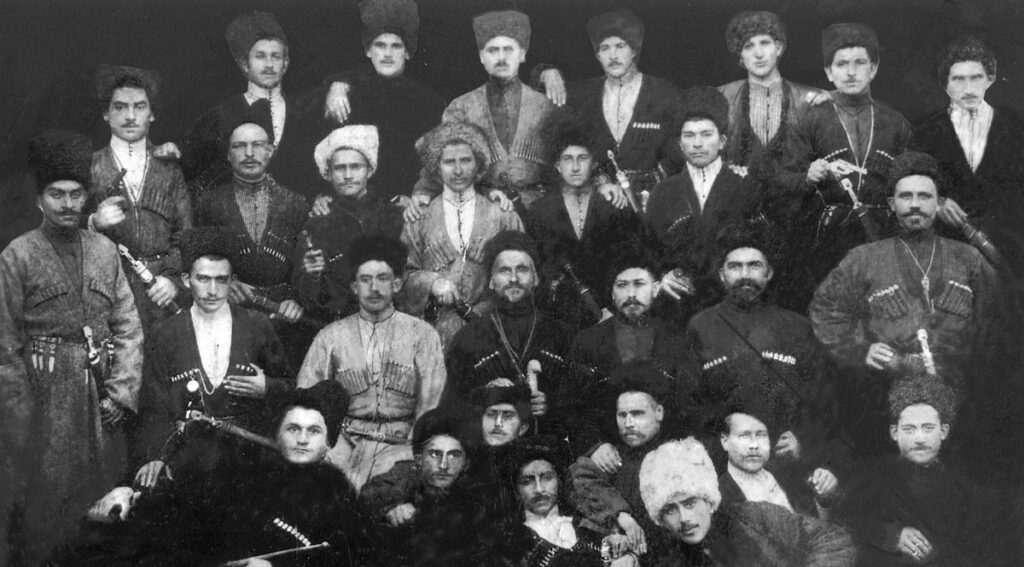
Religion and beliefs played a crucial role in shaping the worldview, social structure, and daily practices of the Alans. While our understanding of Alanic religious beliefs is limited due to the scarcity of written records and the passage of time, scholars have pieced together insights from a variety of sources, including archaeological findings, linguistic analysis, and accounts from neighboring cultures.
Polytheistic Pantheon
The religion of the Alans was polytheistic, meaning they worshipped multiple deities, each associated with different aspects of nature, celestial bodies, and human affairs. Like many other Iranic-speaking peoples of the Eurasian steppes, the Alans likely believed in a complex pantheon of gods and goddesses, whose powers and attributes were invoked through rituals, prayers, and sacrifices.
Nature Deities
Central to Alanic religious beliefs were deities associated with natural phenomena, such as the sun, moon, stars, rivers, mountains, and forests. These nature deities were venerated as manifestations of divine power and were often invoked for protection, fertility, and prosperity. The sun, in particular, held a prominent place in Alanic religion, symbolizing life, vitality, and renewal.
Ancestor Worship
Ancestor worship was another important aspect of Alanic religious practice. The Alans revered their ancestors as guardians and protectors of the tribe, believing that their spirits continued to watch over and influence the lives of their descendants. Ancestral rituals and offerings were performed to honor the memory of the dead and seek their guidance and blessings.
Shamanism
Shamanism, or the belief in spiritual intermediaries known as shamans, also played a role in Alanic religious life. Shamans were revered figures who possessed the ability to communicate with the spirit world, heal the sick, and divine the future. They acted as intermediaries between the human realm and the realm of gods and spirits, performing rituals, trance dances, and ceremonies to maintain harmony and balance in the natural and supernatural realms.
Cultural Practices and Rituals
Religious beliefs permeated all aspects of Alanic culture, influencing daily practices, social customs, and communal celebrations. Rituals and ceremonies were performed to mark important milestones in life, such as birth, marriage, and death, as well as seasonal events such as harvests and migrations. These rituals often involved feasting, music, dance, and storytelling, serving to reinforce social bonds and communal solidarity.
While our knowledge of Alanic religious beliefs is fragmentary, the available evidence suggests a rich and complex spiritual worldview deeply rooted in the natural world and ancestral traditions. Through further research and exploration, we can continue to unravel the mysteries of Alanic religion and gain a deeper understanding of its significance in shaping the cultural identity of this ancient nomadic people.
Cultural Legacy and Influence
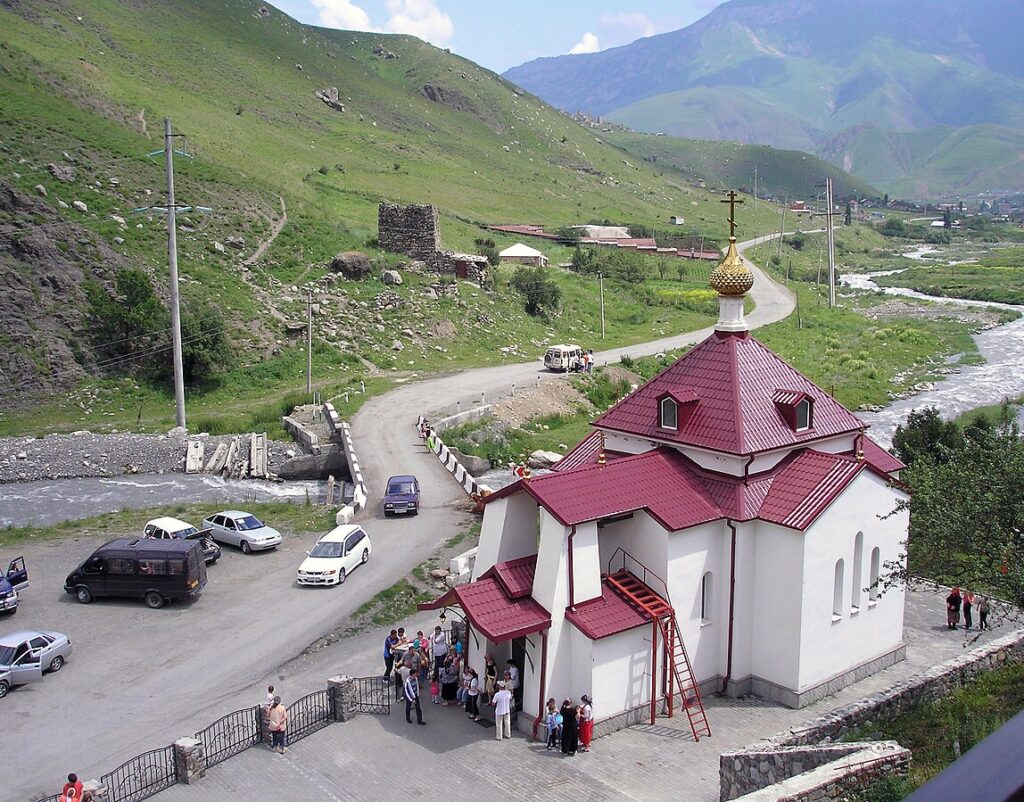
The cultural legacy and influence of the Alans extend far beyond their historical homeland in the North Caucasus, leaving a lasting imprint on the regions they inhabited and the peoples they encountered throughout their migratory journey. Despite their nomadic lifestyle, the Alans played a significant role in shaping the cultural landscape of Eurasia through their interactions with neighboring societies and their contributions to various fields such as art, architecture, language, and military tactics.
Art and Architecture
One of the most enduring legacies of the Alans is their artistic and architectural achievements, which reflect their nomadic lifestyle, cultural diversity, and creative ingenuity. Alanic artisans were skilled craftsmen, known for their intricate metalwork, textile production, and pottery. They adorned their belongings, clothing, and ceremonial objects with elaborate designs, motifs, and symbols that reflected their cultural heritage and religious beliefs.
Alanic architecture, while less well-documented than other aspects of their culture, also bears witness to their architectural prowess and aesthetic sensibilities. Archaeological excavations of Alanic settlements and burial sites have revealed traces of fortified structures, dwellings, and funerary monuments constructed from locally available materials such as wood, stone, and mudbrick. These architectural remains provide valuable insights into Alanic social organization, settlement patterns, and construction techniques.
Language and Literature
The linguistic legacy of the Alans is another important aspect of their cultural influence. While the Alanic language itself has largely disappeared, its influence can still be discerned in the linguistic landscape of the regions where the Alans settled. Loanwords, place names, and linguistic features of Alanic origin are scattered throughout the languages spoken in Eastern Europe, the Balkans, and the Caucasus, serving as linguistic relics of their presence and interaction with local populations.
Literature is another area where the Alans made significant contributions, albeit indirectly. Their participation in the cultural and intellectual milieu of Eurasia facilitated the exchange of ideas, stories, and literary motifs across linguistic and cultural boundaries. While no extant Alanic literary works have been preserved, their influence on the literary traditions of neighboring peoples, such as the Slavs, Persians, and Byzantines, can be discerned through literary borrowings, adaptations, and cultural exchanges.
Military Tactics and Warfare
The Alans were renowned for their martial prowess and military tactics, which left a lasting impact on the art of war in Eurasia. Their expertise in horse-mounted warfare, combined with their agility, speed, and knowledge of the terrain, made them formidable adversaries on the battlefield. The Alans’ cavalry units played a crucial role in shaping the tactics and strategies of neighboring armies, influencing the development of military doctrine and tactics in regions as far-flung as Europe, the Middle East, and Central Asia.
The cultural legacy and influence of the Alans are testament to their dynamic and multifaceted contributions to the history of Eurasia. Through their artistic achievements, linguistic legacy, and martial prowess, the Alans left an indelible mark on the cultural landscape of the regions they inhabited, enriching the cultural heritage of Eurasia and contributing to the diverse tapestry of human civilization.Top of Form
The Alans occupy a unique and fascinating place in the tapestry of Eurasian history. As nomadic pastoralists and skilled warriors, they traversed vast expanses of land, leaving behind a legacy of cultural exchange, military prowess, and resilience in the face of adversity. Through further research and exploration, we can continue to unravel the mysteries of the Alans and gain a deeper understanding of their contributions to the rich tapestry of human civilization.

